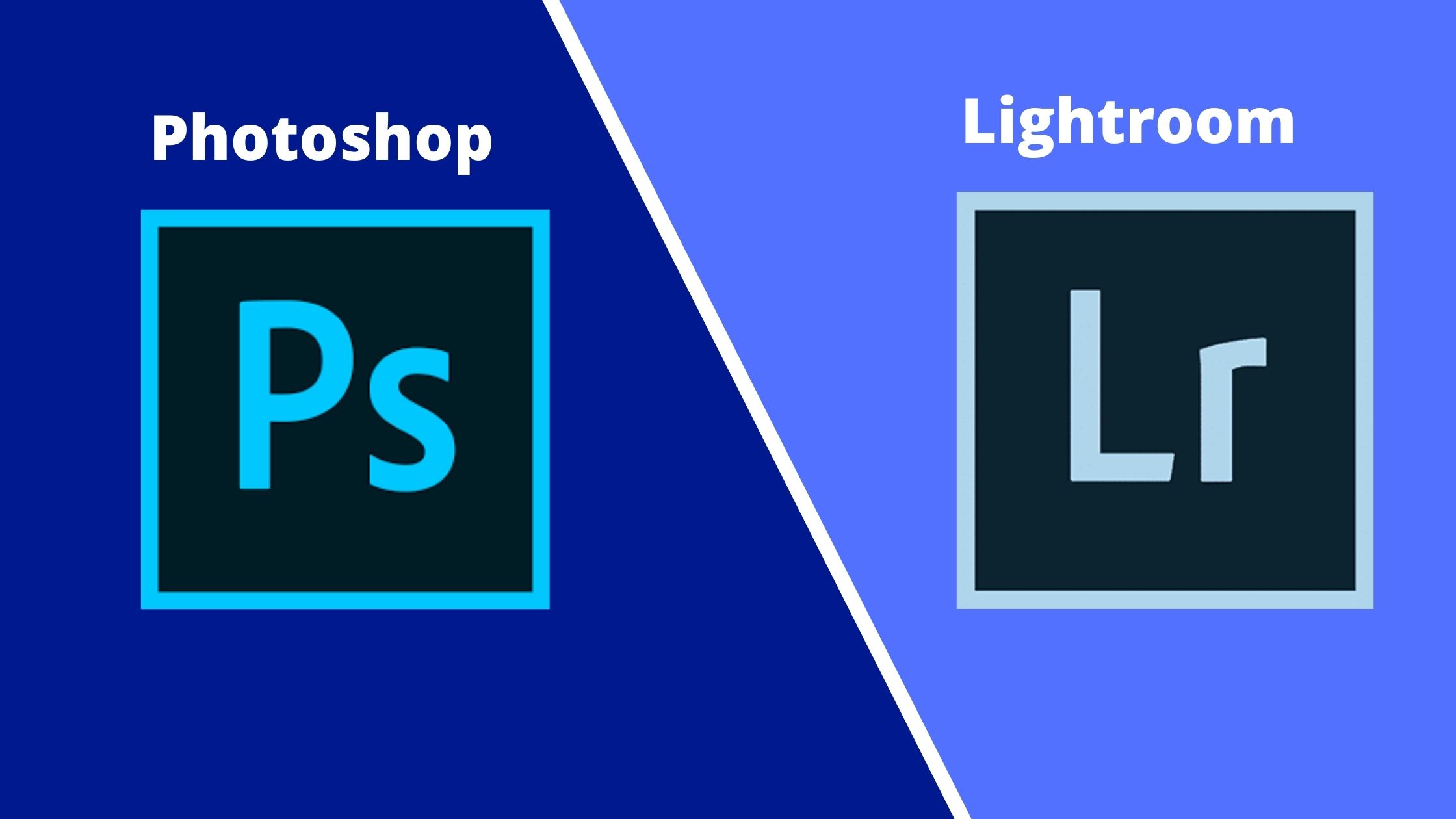Lightroom vs Photoshop: understanding the differences will help you choose the best image editor for each type of project. Best of all, being both friendly, you can process a photo in Lightroom and continue editing your project in Photoshop.

Photoshop and Lightroom are excellent photo editing software options, but they are not the only ones. Photoshop includes Adobe Bridge, used to manage many file types, and Adobe Camera Raw, which features the same world-class image processing engine as Lightroom.
How to start – Lightroom vs Photoshop
Since all of Lightroom’s image manipulation tools are already available in Photoshop, wouldn’t it make sense to just start using Photoshop? Perhaps. It is common to recommend starting with Lightroom for the following reasons:
- It is easier to learn than Photoshop;
- It will help you establish a solid photography workflow process;
- Makes it more efficient because you can browse and process many photos quickly, without having to open and close files. In Photoshop you can streamline your work by recording actions;
- It will keep you organized, cataloging all your images in one place, making it easier to find and work with images;
- Image editing in Lightroom is non-destructive, which means that the original file is never permanently altered, while Photoshop is a mix of destructive and non-destructive editing. Unless separate layers are maintained for each change, Photoshop does not store historical changes;
- You can go back and restore your previous settings after making changes;
- You can display image metadata as an overlay while you edit photos. Photoshop cannot do this after an image is opened.
However, if you are planning to do some more drastic editing, you will have to enter Photoshop to, for example, remove objects. In Lightroom, this would be very limited and slow, while Photoshop’s healing tools are very powerful in comparison. The good news is that you can work on both at the same time, which further speeds up your workflow.
What is Photoshop
Photoshop was originally created as a tool for simple image editing, which since 1990 has become a monstrous software package with many functions and capabilities to accommodate graphic designers, architects, animators, editors, photographers and even 3D artists.
Want to join multiple photos in a single panorama? Or create a High Dynamic Range photograph? Or get rid of skin blemishes? Or maybe it makes a person look taller, shorter, thinner or fatter? Yes, Photoshop can do all of that; and much more. What Photoshop can probably do is an endless list.
What is Lightroom
The full name of Lightroom is “Adobe Photoshop Lightroom”, which can be confusing as it contains the word “Photoshop”. In a way, it makes sense, because Lightroom can be considered a subset of Photoshop with specific features that Photoshop doesn’t have and probably never will.
It was created with the main objective of managing a large number of images, keeping them organized in one place. Photoshop is a very advanced image editing tool, but when you edit hundreds of images, keeping them organized becomes an issue over time.
Lightroom is a database-based image management software that automatically reads image metadata (such as camera make and model, captured date / time, aperture, shutter speed, ISO, white balance and more), known as EXIF and records information about each photograph in a new database known as a “catalog”.
With it, it becomes very easy to classify hundreds of images and choose the best ones, edit them selectively or in batches and then export the best images directly to sites like Flickr and Facebook. This type of markup and indexing is not available in Photoshop, because Photoshop does not maintain a database with cataloged images.
Now that you know the differences between the two, you can design your workflow to create the images you want. The best way to find out what works for you is to have fun and experiment until you find the perfect editing process for your reality.
With information: Adobe and Photographylife
